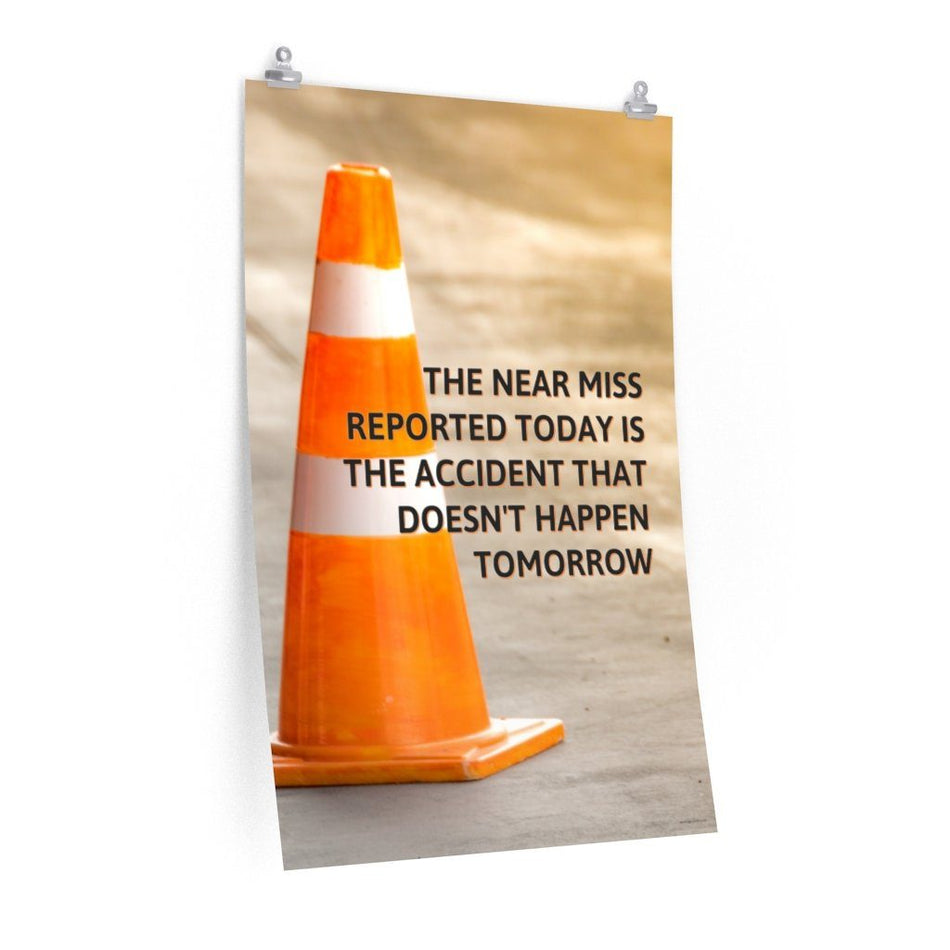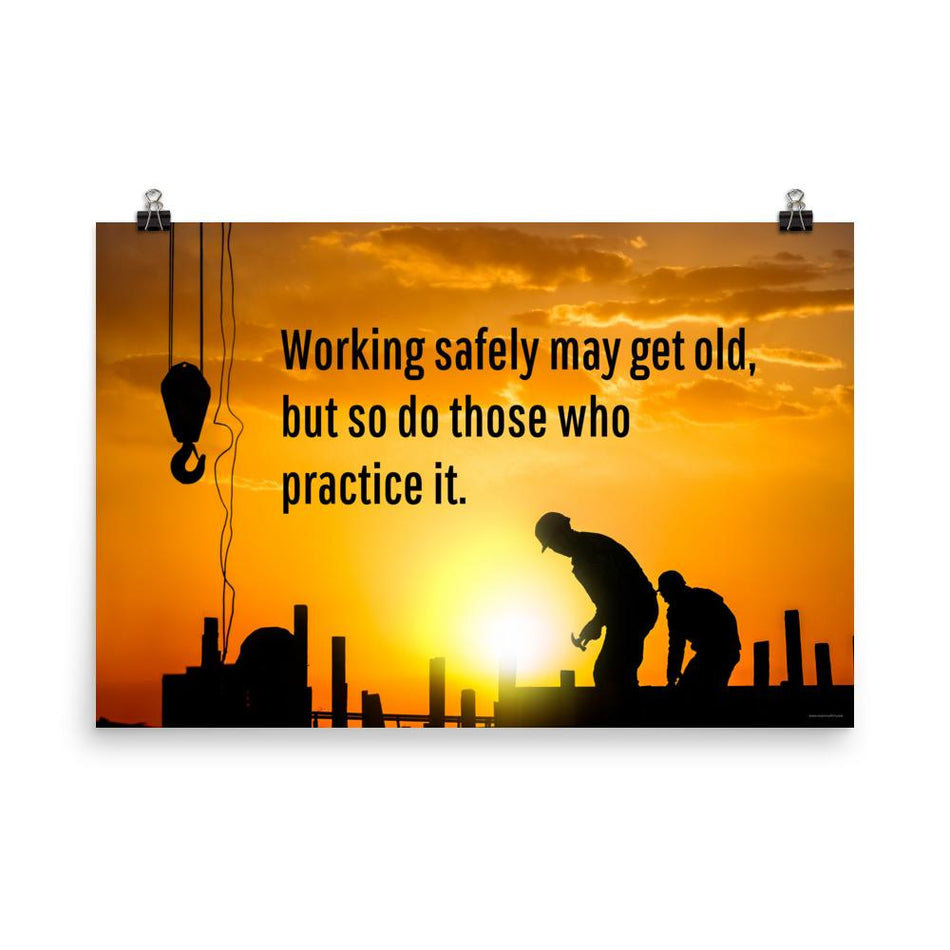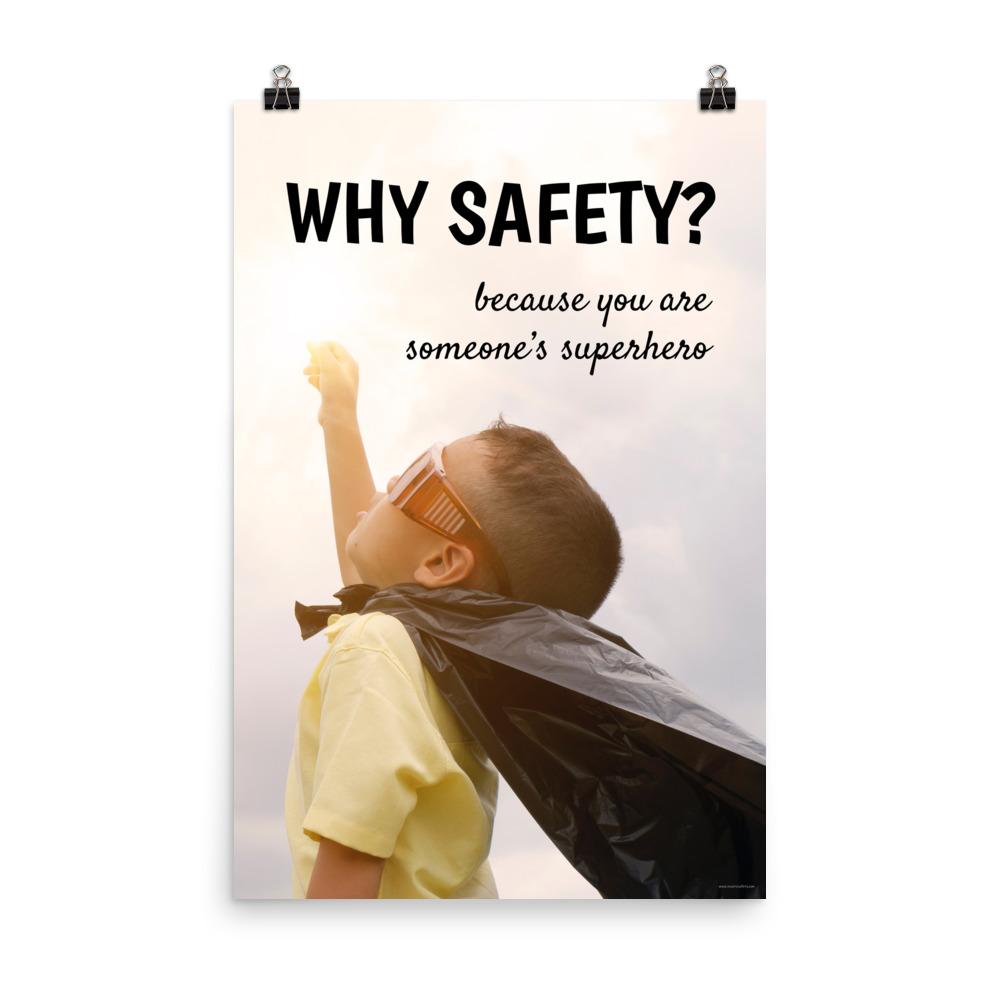Working alone is a situation that arises when an individual performing their job cannot be seen or heard by others and does not expect any visitors for an extended period. This scenario can vary, but common examples include:
- Being the only staff member on duty during an overnight shift
- Conducting fieldwork in isolated or remote locations
- Staying late to finish tasks after everyone else has left
- Performing work in areas like basements, rooftops, or utility rooms
- Inspecting in-progress or completed work when no one else is on site
- Completing last-minute service, repairs, or emergency work
The most significant risk for someone working alone is the potential delay in receiving help. If a lone worker becomes injured, trapped, or unconscious and cannot call for help, it may take a long time before anyone realizes assistance is needed. This delay can exacerbate an injury, making it more serious or even life-threatening. Use these guidelines to help your lone worker employees stay safe on the job.
Checklist for Working Alone
- Establish a check-in procedure with someone else.
- Conduct a hazard assessment before starting any work.
- Avoid high-risk tasks that typically require a second person.
- Wear personal protective equipment (PPE).
- Minimize distractions and maintain situational awareness.
- Report all potential hazards, near misses, incidents, and threats to personal safety.
- Carry a basic first aid kit and know where emergency equipment is located.
- Familiarize yourself with escape routes and emergency exits.
Check-In Procedure
Having a robust communication plan is vital when working alone. Ensure someone knows your location and activities. Schedule regular check-ins with a co-worker or supervisor. Keep a list of emergency contact numbers easily accessible, and establish clear emergency protocols. Lone workers should know what actions to take if a check-in is missed or if they face an emergency.
Hazard Assessment
Conduct a thorough risk assessment before starting a task, such as a job hazard analysis or a similar evaluation. Determine the risk level and assess if it's safe to proceed alone. Identify potential job and environmental hazards, and stay alert for changes that might introduce new risks.
Avoid High-Risk Tasks
Avoid performing high-risk tasks alone. Schedule these tasks for times when at least one other person is available to assist. Lone workers should know what tasks they are authorized to perform alone and should consult a supervisor if unsure.
Wear Your PPE
Always use appropriate PPE for the job, ensuring it is in good condition and fits properly. Use reflective or high-visibility clothing if necessary. If you lack the necessary PPE for a task, do not proceed. Store PPE in a clean and dry place when not in use.
Maintain Situational Awareness
Stay focused on the task and maintain situational awareness. Minimize distractions and keep your cell phone nearby for check-ins, but avoid using it as a distraction. Do not wear headphones that block environmental awareness. Avoid multitasking, as it can lead to missed details or mistakes. Take breaks to address unrelated tasks separately.
Prioritize Lighting and Visibility
Ensure adequate lighting for work, especially during early morning hours, late at night, or in low-light conditions. Check for and replace any faulty lighting fixtures.
Use Tools Properly
Only use equipment you are trained and authorized to operate. Regularly inspect tools and machinery for wear or damage, follow the manufacturer's guidelines, and report any faulty equipment immediately. Do not use damaged tools until they are repaired or replaced.
Don't Work if You Aren't Well
Maintaining your well-being is crucial while working alone. Stay hydrated, especially in hot conditions, and take regular breaks to rest and refresh, reducing the chance of fatigue-related mistakes. Stop working if you feel unwell or notice signs of exhaustion or strain.

Protect Yourself
Be aware of potential threats, even those unrelated to the job. Secure areas by locking doors if appropriate and familiarize yourself with alarm systems if available. Stay vigilant, especially in isolated areas. If you feel unsafe or threatened, leave the area and contact security or the police.
Adapt When Needed
Lone workers must adapt to changing work environments. If bad weather is forecasted, equipment breaks, PPE fails, or something feels off, do not proceed as planned. Lone workers should feel empowered to contact a supervisor, leave the job site, call the police, or adjust their plans as needed to ensure safety.
Working alone requires meticulous planning and heightened safety measures to mitigate risks. Establishing a robust check-in procedure, conducting thorough hazard assessments, and using proper personal protective equipment are essential steps. Maintaining situational awareness and ensuring adequate lighting can prevent accidents, while regular breaks and hydration maintain well-being. Lone workers must feel empowered to adapt and make safety-first decisions in changing conditions. By fostering a culture of safety, employers and employees can ensure that those working alone are protected and supported, reducing the inherent risks of isolated working environments.











